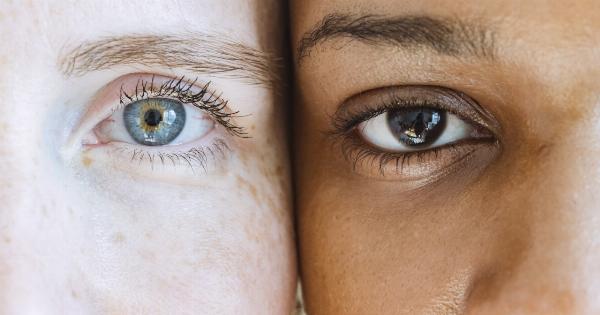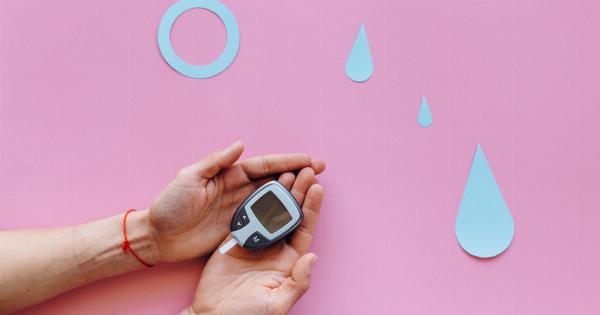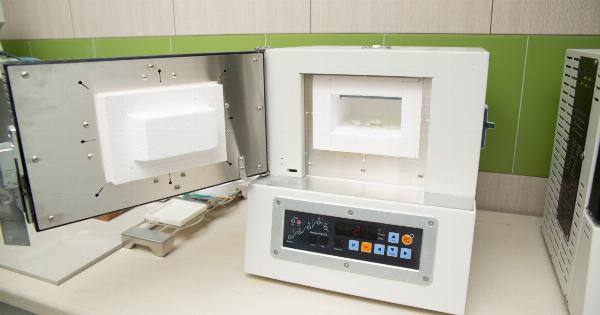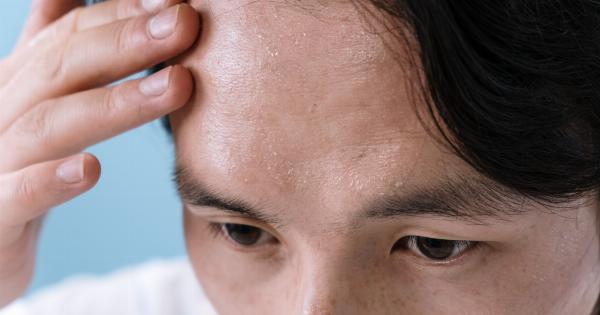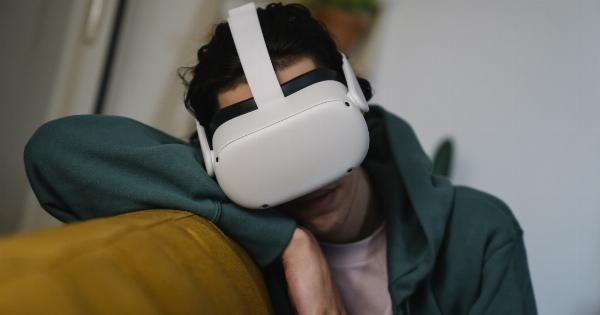Diabetes is a disease that affects millions of people worldwide. One of the most common complications of diabetes is diabetic retinopathy, which is a leading cause of blindness in adults.
In this article, we’ll discuss what diabetic retinopathy is, how it affects your eyes, and what you can do to prevent it.
What is Diabetic Retinopathy?
Diabetic retinopathy is a complication of diabetes that affects the blood vessels in your eyes. High blood sugar levels can cause damage to these blood vessels, which can cause them to leak or become blocked.
This can lead to a variety of problems, including:.
- Blurred vision
- Dark spots in your vision
- Floaters
- Difficulty seeing at night
- Loss of vision
How Does Diabetic Retinopathy Affect Your Eyes?
Diabetic retinopathy affects the retina, which is the part of your eye that senses light and sends signals to your brain. When the blood vessels in your retina are damaged, they can leak fluid and blood, which can cause swelling and scarring.
This can lead to vision problems and, in severe cases, blindness.
There are four stages of diabetic retinopathy:.
- Mild Non-Proliferative Retinopathy: At this stage, small areas of swelling occur in the retina’s blood vessels.
- Moderate Non-Proliferative Retinopathy: As the disease progresses, the blood vessels that supply your retina can begin to block.
- Severe Non-Proliferative Retinopathy: At this stage, more blood vessels become blocked, and your retina is deprived of its blood supply.
- Proliferative Retinopathy: The most advanced stage of diabetic retinopathy occurs when new blood vessels begin to grow in your retina. These new vessels are fragile and can leak blood, leading to vision loss and scarring.
Are There Any Warning Signs of Diabetic Retinopathy?
In its early stages, diabetic retinopathy may not have any symptoms. However, as the disease progresses, you may begin to notice changes in your vision, such as blurred vision, dark spots, or floaters.
It’s important to catch diabetic retinopathy early, so if you have diabetes, you should have your eyes checked regularly by an eye doctor.
How Can You Prevent Diabetic Retinopathy?
The best way to prevent diabetic retinopathy is to keep your blood sugar under control. This can be achieved through a healthy diet, regular exercise, and, if necessary, medication. You should also have your eyes checked regularly by an eye doctor.
If diabetic retinopathy is detected early, it can be treated before it causes any permanent damage.
What are the Treatment Options for Diabetic Retinopathy?
The treatment options for diabetic retinopathy depend on the severity of the disease. In its early stages, diabetic retinopathy may not require any treatment.
However, if the disease has progressed to a more advanced stage, there are several treatment options available, including:.
- Laser Treatment: This is a common treatment for diabetic retinopathy. A laser is used to shrink the abnormal blood vessels in your retina and prevent them from leaking.
- Medication: In some cases, medication may be injected into your eye to stop the growth of new blood vessels and reduce swelling.
- Vitrectomy: In severe cases, a surgical procedure called a vitrectomy may be necessary. During this procedure, the vitreous gel in your eye is removed, and any scar tissue is removed from your retina.
Conclusion
Diabetic retinopathy is a serious complication of diabetes that can lead to vision problems and, in severe cases, blindness. However, with proper diabetes management and regular eye exams, diabetic retinopathy can be caught early and treated.
If you have diabetes, make sure to keep your blood sugar under control and have your eyes checked regularly to protect your vision.





